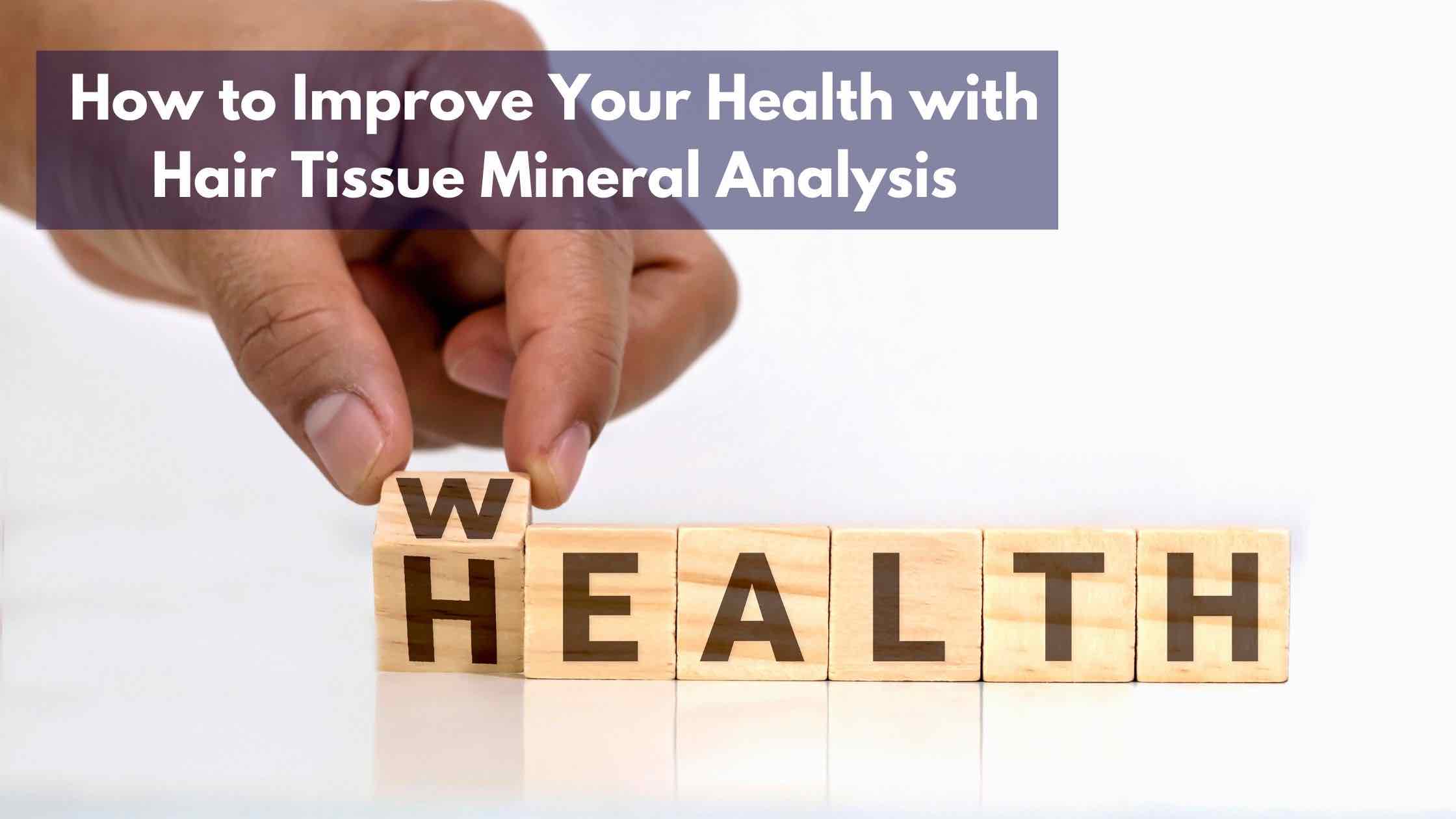Hair tissue mineral analysis (HTMA) is a diagnostic tool that can provide valuable insights into your body’s mineral balance and overall health. By analysing the mineral content in your hair, HTMA can help identify mineral imbalances, deficiencies or excesses, heavy metal toxicity, and nutritional status, among other things. In this blog post, we’ll explore how HTMA can help you improve your health and wellbeing.
Identify Mineral Imbalances
Minerals play a critical role in many bodily functions, including bone health, immune function, and energy production. However, imbalances in mineral levels can lead to a range of health problems. HTMA can help identify mineral imbalances by measuring the levels of minerals such as calcium, magnesium, potassium, and zinc in the hair. This information can be used to develop a customized plan to rebalance the minerals and restore optimal health.
Uncover Heavy Metal Toxicity
Heavy metal toxicity is a growing concern in today’s world, as we are exposed to these toxic substances through our food, water, air, and environment. Heavy metals such as lead, mercury, and arsenic can lead to a range of health problems, including fatigue, headaches, brain fog, and even organ damage. HTMA can detect heavy metal toxicity in the body, and guide detoxification protocols to remove these toxic substances from the body.
Evaluate Nutritional Status
HTMA can also help evaluate your nutritional status by measuring mineral levels in the hair. This information can be used to determine if you are getting enough of the essential minerals needed for good health. For example, low levels of magnesium can contribute to muscle cramps, fatigue, and headaches, while low levels of zinc can affect immune function and wound healing. By identifying these deficiencies, you can take steps to improve your diet or consider nutritional supplements to address the imbalance.
Support Hormonal Balance
Mineral imbalances can also affect the endocrine system, which regulates hormones in the body. By identifying mineral imbalances that may be affecting the endocrine system, HTMA can help support hormonal balance. For example, low levels of iodine can affect thyroid function, while low levels of zinc can affect testosterone production. By addressing these imbalances, you can support the health of your hormones and the systems they regulate.
Monitor Progress
Finally, HTMA can be used to monitor progress and assess the effectiveness of any interventions or treatments. This can help ensure that you are on the right track and making progress towards your health goals. By retesting periodically, you can see how your mineral levels are changing and adjust your treatment plan accordingly.
In conclusion, HTMA is a valuable diagnostic tool that can provide insights into your body’s mineral balance and overall health. By identifying mineral imbalances, heavy metal toxicity, nutritional deficiencies, and hormonal imbalances, HTMA can help you take proactive steps to improve your health and wellbeing. If you are interested in learning more about HTMA, you can reach out to our nutritional balancing practitioner who can guide you through the process.

